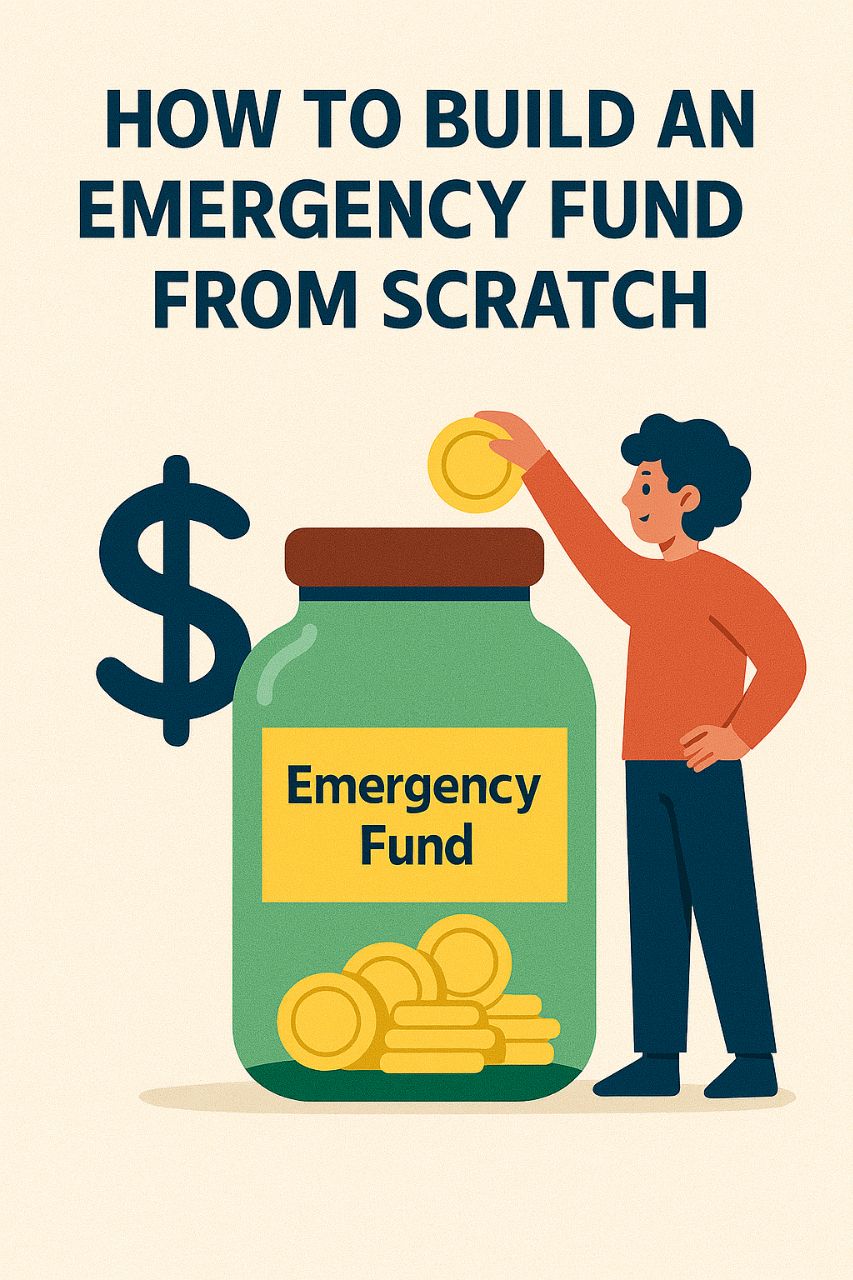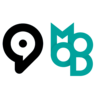Why an Emergency Fund Changes Everything

Imagine your car breaks down, your pet needs emergency care, or you suddenly lose your job. Without savings, moments like these can turn into full-blown financial crises. That’s why having an emergency fund isn’t just smart—it’s essential.
An emergency fund is your personal safety net. It gives you peace of mind knowing that if life throws a curveball, you’re covered. The best part? You don’t need a big paycheck or financial background to start. You just need a plan—and a little consistency.
In this guide, you’ll learn exactly how to build an emergency fund from scratch, no matter where you are financially right now.
1. What Is an Emergency Fund and Why You Need One
An emergency fund is money set aside specifically for unexpected expenses—medical bills, home repairs, job loss, or any unplanned financial hits. It’s not for vacations or shopping; it’s for real emergencies.
Here’s why it matters:
- Prevents debt: You won’t have to rely on credit cards or loans when something goes wrong.
- Reduces stress: Knowing you’re prepared makes life’s surprises less overwhelming.
- Protects your goals: You can stay focused on long-term plans like buying a home or retiring early without financial setbacks.
Financial experts in the U.S., including those at the Federal Reserve and CFPB, often recommend saving at least 3 to 6 months of living expenses in your emergency fund.
2. How Much Should You Save? (The Right Target for You)
Your ideal fund size depends on your situation. Here’s a quick guideline:
- Single with steady income: Save 3 months of expenses.
- Family or variable income: Save 6 months or more.
- Gig workers or freelancers: Aim for 9–12 months, since income can fluctuate.
To find your number:
- Add up your essential monthly costs—rent, groceries, insurance, utilities, transportation, and debt payments.
- Multiply by your chosen goal (3–6 months).
For example, if your essentials total $2,500 per month, your target fund would be $7,500 to $15,000.
Remember: start small. Even saving $500 gives you breathing room and can prevent high-interest debt during small emergencies.
3. Step-by-Step Plan to Build Your Emergency Fund from Scratch
Here’s how to get started—even if you’re living paycheck to paycheck.
Step 1: Open a Separate Savings Account
Keep your emergency fund separate from your regular checking account.
Look for:
- High-yield savings accounts (many U.S. banks offer 4–5% APY now)
- No monthly fees
- Easy online transfers
Having a dedicated account helps you resist the temptation to spend it.
Step 2: Set a Starter Goal
Your first milestone should be simple: $500 to $1,000.
This small cushion covers minor emergencies like car repairs or medical co-pays. Once you hit that, keep building toward your long-term target.
Step 3: Automate Your Savings
Treat saving like a bill.
Set up an automatic transfer each payday—$25, $50, or whatever you can afford. Over time, these small contributions add up without requiring much effort.
Step 4: Cut Back Strategically
Review your expenses for easy wins:
- Cancel unused subscriptions.
- Cook at home instead of eating out.
- Shop smarter using discount apps.
Redirect that money straight to your emergency fund. Even saving an extra $5–$10 a day makes a real difference over time.
Step 5: Boost Your Income
If cutting expenses isn’t enough, increase your cash flow:
- Take on side gigs or freelance work.
- Sell unused items online.
- Use cashback and reward programs.
Every dollar you earn extra can go directly into your safety fund.
Step 6: Keep Your Fund Liquid
Your emergency fund should be easily accessible but not too tempting. Avoid tying it up in stocks or long-term investments. Savings accounts or money market funds are ideal—they’re safe and let you withdraw anytime you need.
4. Smart Ways to Maintain and Grow Your Fund

Once you’ve built a small fund, the next step is consistency.
Here’s how to keep it growing:
- Review your budget quarterly. Adjust your savings rate as your income changes.
- Replenish after using it. If you spend from your fund, refill it before other goals.
- Use windfalls wisely. Tax refunds, bonuses, or birthday money? Deposit a chunk into your fund.
- Don’t over-save. Once you’ve reached your 6-month goal, shift focus to investing or debt payoff.
This approach keeps your finances balanced and sustainable.
5. Common Mistakes to Avoid
- Keeping your fund too accessible. If it’s in your checking account, you’ll likely spend it.
- Investing it in risky assets. Emergencies don’t wait for market recoveries.
- Using it for non-emergencies. Vacations and gifts don’t count—stay disciplined.
- Ignoring inflation. Reevaluate your target yearly to match rising costs.
- Stopping contributions too early. Momentum matters. Keep saving even if it’s small.
6. How Long Does It Take to Build One?
The timeline depends on your income and commitment.
Here’s a realistic breakdown:
| Monthly Saving | Fund Target | Time Needed |
|---|---|---|
| $100 | $3,000 | 2.5 years |
| $250 | $3,000 | 1 year |
| $500 | $3,000 | 6 months |
Consistency beats speed. Even slow progress creates real financial confidence.
7. Where to Keep Your Emergency Fund in the U.S.
For U.S. readers, here are reliable options to park your fund safely:
- High-Yield Savings Accounts: Ally Bank, Discover Bank, Capital One 360, SoFi, and Marcus by Goldman Sachs.
- Money Market Accounts: Slightly higher yield with check access.
- Credit Unions: Often local and offer better rates.
Check FDIC or NCUA insurance—your deposits are protected up to $250,000.
8. The Emotional Side of Saving
Building an emergency fund isn’t just financial—it’s emotional.
You’re not just saving money; you’re buying peace of mind and freedom from fear. Each dollar saved is a small victory over uncertainty.
When you see that balance grow, you’ll start feeling more confident, secure, and in control. That mindset is powerful—it makes it easier to handle whatever life brings next.
Final Thoughts: Start Small, Stay Consistent
You don’t need to be rich to build an emergency fund. You just need to start—today.
Even if you can only save a few dollars a week, it matters. The key is to treat your emergency fund as non-negotiable. Over time, it becomes your financial shield—a source of stability and confidence.
So open that account, make your first deposit, and begin your journey to financial security.
Your future self will thank you.
Discover more from 9Mood
Subscribe to get the latest posts sent to your email.




















0 Comments